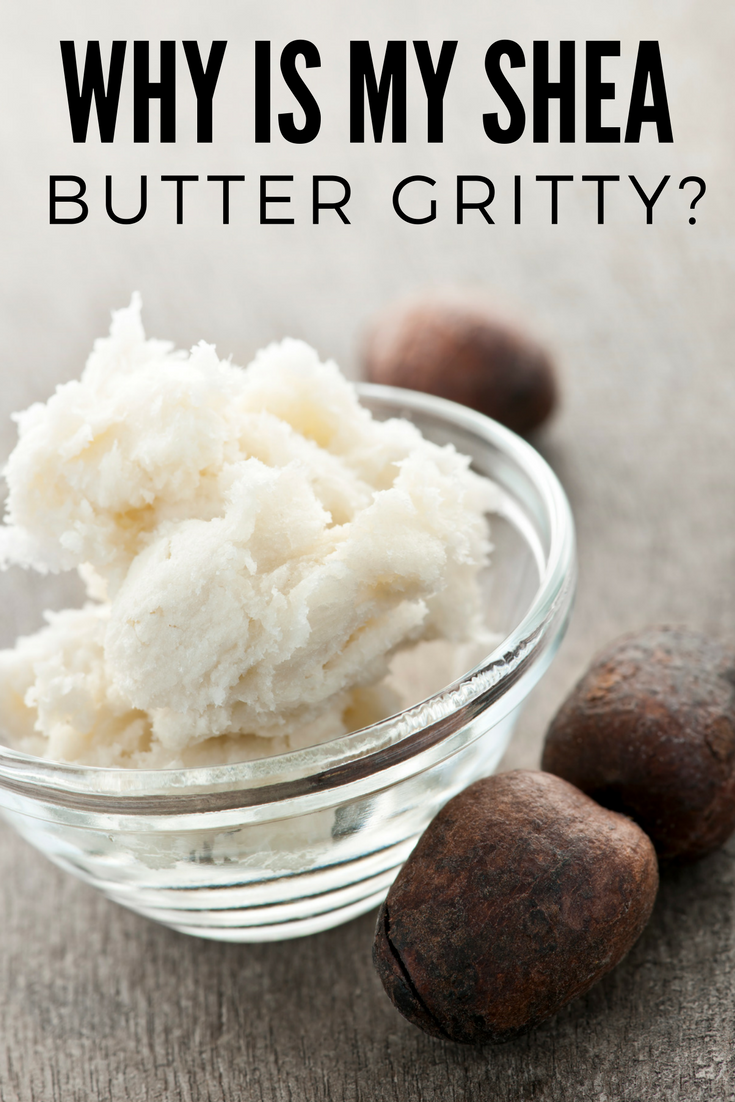
One of the most incredible feelings of success is learning how to DIY many of your personal care products – from body butter, to facial cream, perhaps even your own bug spray and deodorant.
I am all too familiar with that feeling of pride when you start wiping out all the toxic household and personal care products you own in favor of DIY’ing as much as you can.
Once you start to DIY, your cabinet quickly fills up with everything from coconut oil to beeswax, citric acid, baking soda and even Shea butter.
Shea butter is pretty incredible stuff – it whips up to the most beautiful silky body butter you could ever image – in fact, it’s also an ingredient in our facial cream, too.
There is one tiny thing that I despise about Shea butter.. and that is grainy and gritty Shea butter. It happens to everyone — whether you buy refined or unrefined Shea butter.
Chances are, the more that you have purchased the more you have had the same experience as we have – perhaps you made some incredibly soft and luxurious body butter only to discover it as gritty and grainy several weeks later.
Why is your body butter gritty?
Was it bad? Did you do something wrong? Or was it a bad batch? Maybe you think that you bought the wrong kind of Shea butter – perhaps you should have went with unrefined Shea.
Gritty body butter is the result of temperature, and only temperature malfunctions.
Skin butters like cocoa butter, Shea butter, all have their own respective melting point. Shea butter happens to have a low melting point of room temperature.
When you buy Shea butter online, depending on your area, it may melt while it’s being shipped to you (here in Arizona it gets quite warm in the summer). If it melts, and then cools, the fatty acids in the Shea butter become more solid than the actual Shea.
Shea butter also has stearic acid – and stearic acid has a very high melting point which really makes it challenging to use for DIY’s because of the texture. Shea needs to keep a consistent temperature to avoid becoming grainy.
What if your Shea becomes gritty?
One of the biggest problems with using Shea is having to deal with that gritty texture. That gritty texture is the result of uneven heating and cooling of the butter during your DIY.
The best way to deal with the possibility of gritty Shea is to melt it down using a double broiler – slow and low. Once you melt completely, allow to keep at that melted point on the lowest heat for 20 minutes – that will ensure the grains have also melted since they have a higher melting point.
Once it’s completely liquified, freeze it until it turns solid — and then pull out of the freezer and keep at room temperature. If your temp is above 75 degrees F, then move it to the refrigerator to avoid the gritty texture from coming back. If you remove from the freezer and the room temperature is warmer than 75 and causes some to melt, the gritty texture will come back.
Store it in a glass or plastic container, or in a silicone tube or use it to make any of these DIY’s:
- Coconut Lime Body Butter
- Coconut Lime Body Butter
- Chocolate Orange Body Butter
- Homemade Lotion Bars
- Homemade Deodorant for Sensitive Skin
If you have already made a DIY and found that it is grainy, simply go through the process again of melting and cooling – don’t give up!
Shea is tricky to work with – but if you keep these simple tips in mind, then you will find yourself successful in your DIYs.
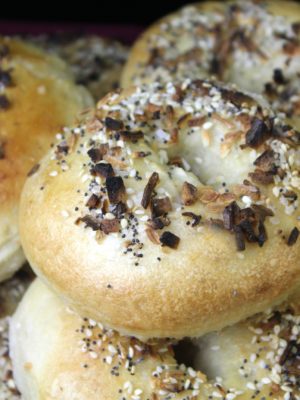
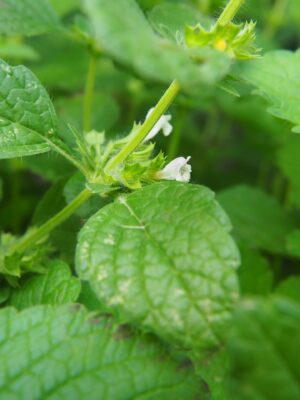
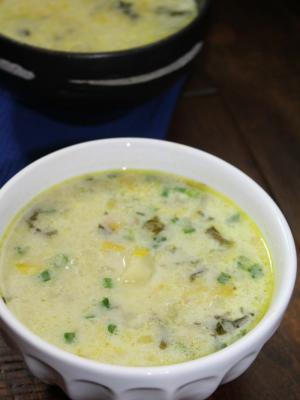
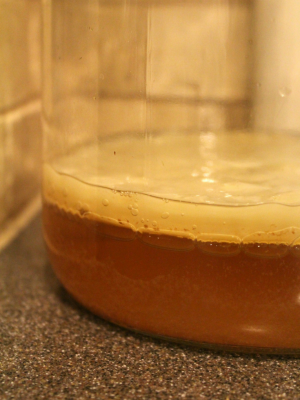
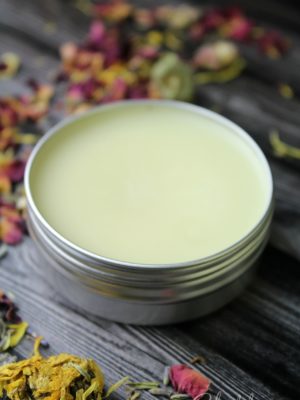
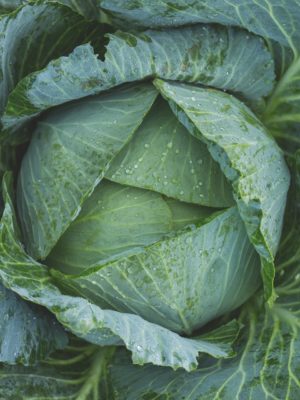

I made this face lotion and my shea butter was gritty after I mix it all up. Is there anything I can do to fix this problem?
Sandra – Shea butter consists of many fatty acids that each have their own melting points. When the shea cools at room temp, it can become grainy because some of the fatty acids will cool faster than others. The best remedy for this grainy shea butter is to re-melt the shea on low heat until it’s an oil. Then place in the refrigerator to cool all of those fatty acids within at a more even temp. I hope that helps!
Will I have the same problem with cocoa butter or mango butter that I have with Shea butter? I’m so tired of grainy lip balm and salves!
You know.. I’d love to be able to tell you a real solid answer. But I haven’t ever done lip balm with cocoa or mango butter. I have been using tallow in all of my lip balm (I usually do 1.25 oz grapeseed oil or sweet almond, .50 oz tallow and .80 oz beeswax). I render my own tallow here but before I did that I bought grass-fed tallow from a local farm.
I got so tired of gritty shea butter, it was so frustrating to work with. Tallow doesn’t have that problem and that recipe above makes 15 lip balms so it works perfect for me.